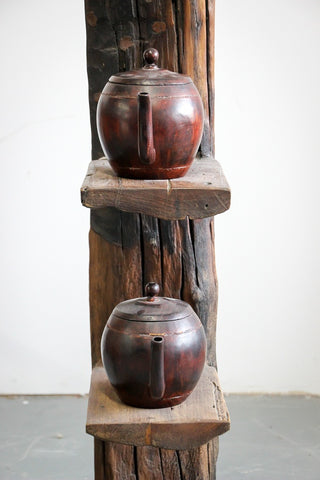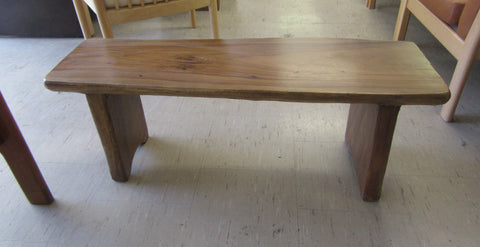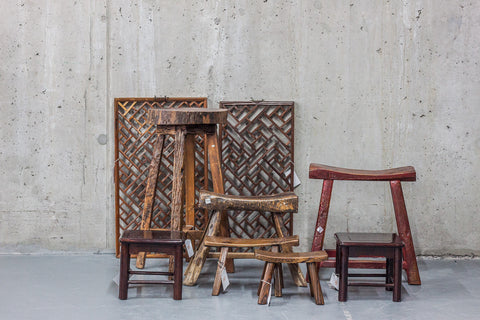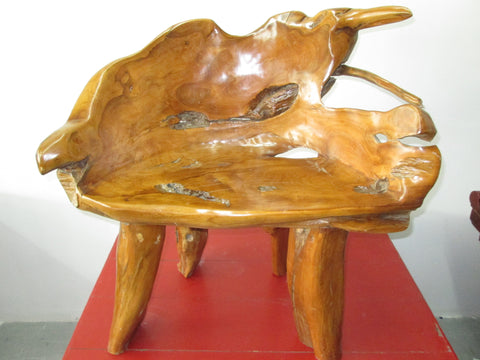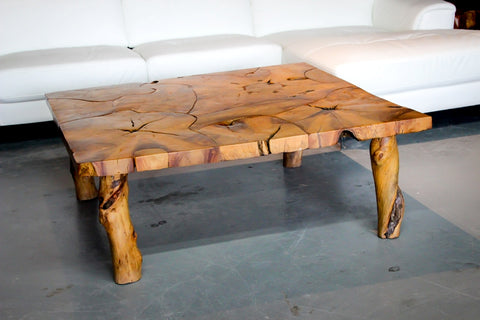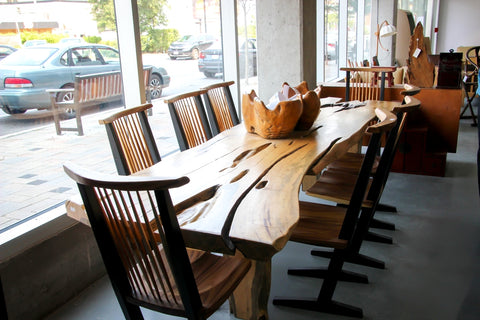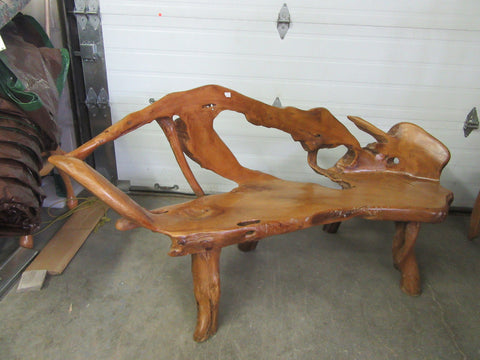
Live Edge
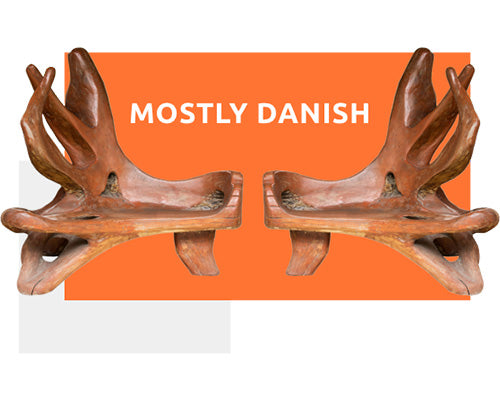
Look through our unique collection of Mid-Century Modern live edge furniture. Our live edge furniture is made by some of the finest designers and craftsman in the world.
Featured Products
$499.00
$349.00 Was $499.00
From $69.00
$499.00 Was $999.00
$499.00 Was $1,399.00
$1,999.00 Was $2,999.00
$9,999.00
$3,999.00 Was $7,999.00
$999.00
Most Frequently Asked Questions
Live edge furniture pieces have different maintenance requirements depending on the type of finish it uses. Pieces will generally have either a lacquer or an oil finish.
A lacquer finish is applied to the surface of the wood and is cured in order for it to harden and seal the wood underneath. It is much easier to keep surfaces clean with a lacquer finish and is typically more durable than an oil finish. It is a little more difficult to perform spot repairs to pieces with this type of finish. Polishing a lacquer finished piece should be done with all-natural products to reduce wear on the finish.
An oil finish is applied to strengthen the fibers of the wood itself. This type of finish does not seal the wood so it is important to clean any spills from the surface right away to avoid them from seeping into the wood and leaving stains. Oil finished pieces also require a little more maintenance as oil needs to be replaced over time. Because the wood is not sealed, spot repairs to pieces with this type of finish are much easier than pieces with a lacquer finish.
There are a few things that you should do when trying to protect your live edge table from damage. The most common types of damage and how to prevent them are:
- Fading and discolouration
- Caused by UV light coming in through uncovered windows. Make sure blinds are fully closed and no light from outside hits the table. An alternative solution would be to install UV window film on the windows near the table.
- Warping
- If the air in your home is too dry, too humid, too hot or too cold, the wood in your live edge piece can warp and become uneven. This is especially true if the piece uses thinner pieces of wood. Try and maintain a moderate temperature in the room where your table is and fix any sources of drafts in your home. A drafty home is more likely to experience major swings in temperature and humidity.
- Scratches
- This could be in the lacquer finish or the wood itself. Scratches in lacquer can be buffed out and polished but eventually it will need to be recoated. If the piece is oil finished, try not to overclean the surface. Using wax or dusting spray too often can create a buildup on the surface which ironically attracts more dust and debris which causes scratches. When using these products, apply a thin coat and wipe down the surface with a damp cloth in between uses.
This is a matter of personal preference. Both oil and lacquer finishes will protect live edge furniture well. Would you prefer your live edge piece to vibrantly display the wood’s figure and grain? If so, then an oil finish is right for you. If you would you prefer your live edge furniture to have a bright sheen to it, then a lacquer finish is best.
Most live edge pieces have the bark removed. Many people prefer their live edge furniture this way. With that being said, it is possible to leave the bark on during the manufacturing process, and that can help to give the piece a more rustic appearance which can look great in a living space.

